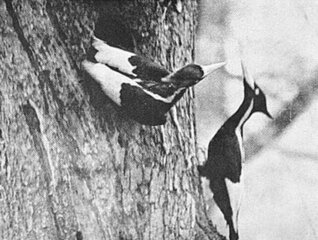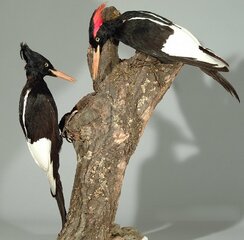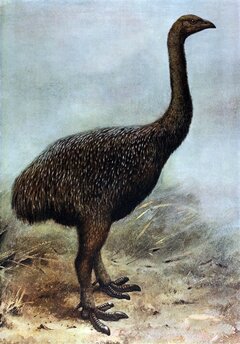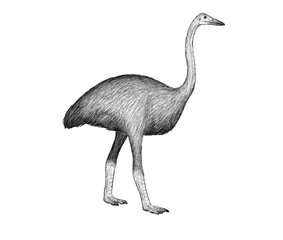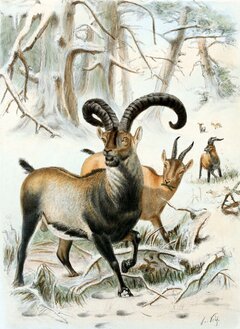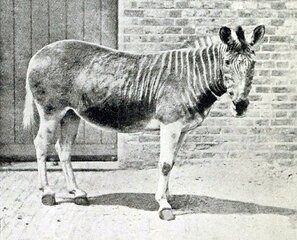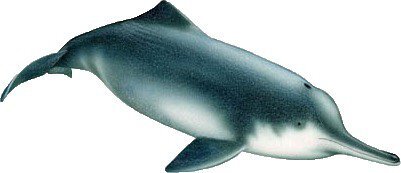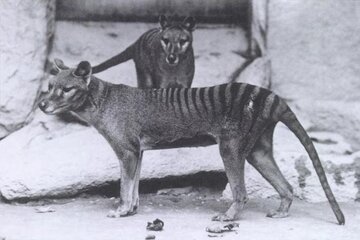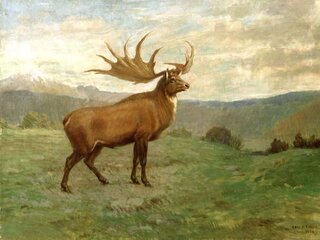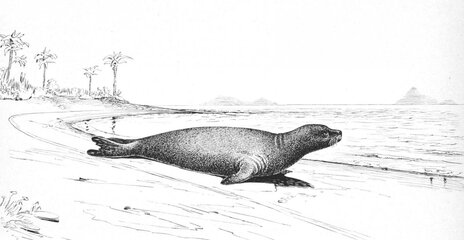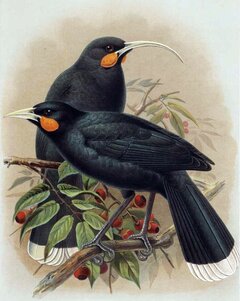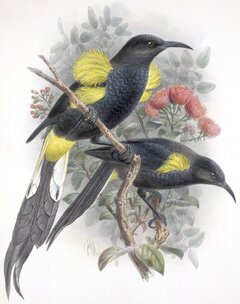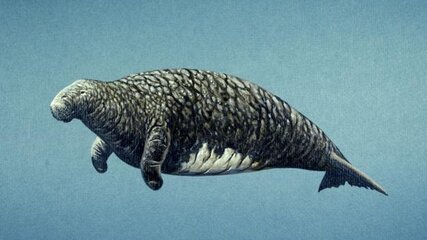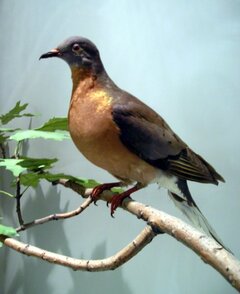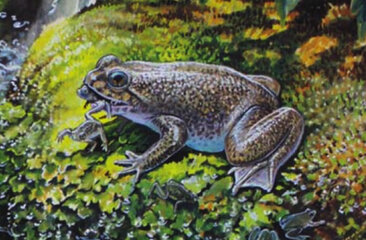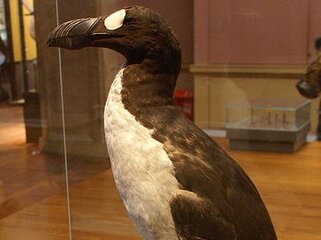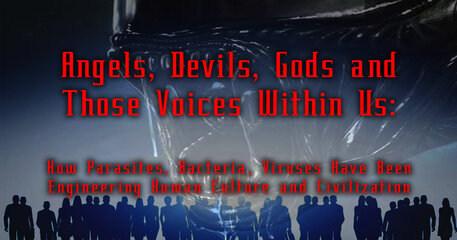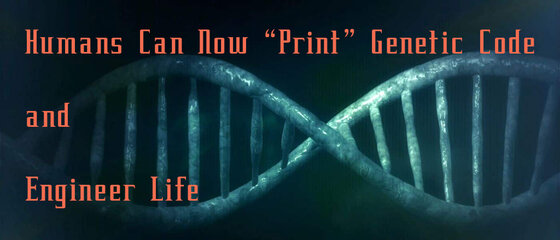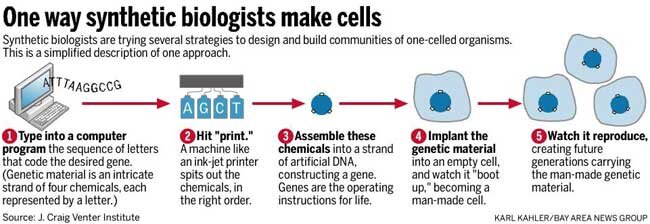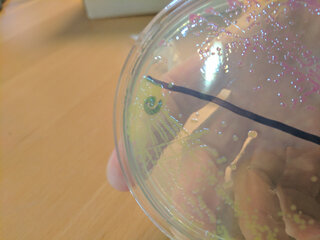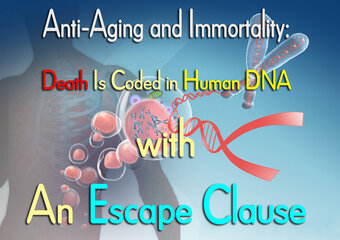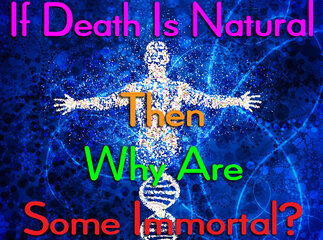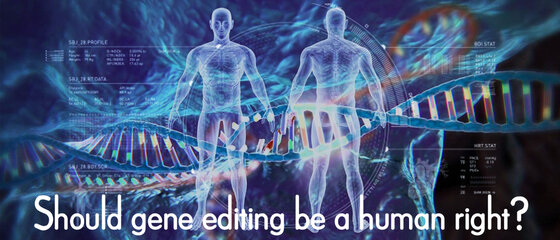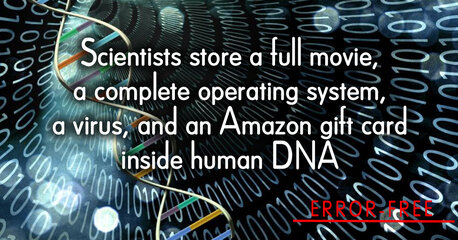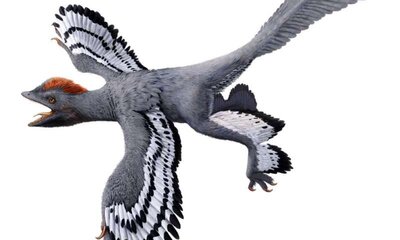- Messages
- 2,145
- Reaction score
- 5
- Points
- 28
- Thread Starter
- #41
WITH ADVANCES IN SCIENCE, specifically biotechnology, scientists are now planning to bring back to life animals back from extinction, and there are a few already on the list.
Over the millennia, animals have gone extinct on Earth for many different reasons. Sometimes it's because of a dramatic shift in the climate. Other times it was because of human intervention.
Generally, it helps if there is a species still alive today that is genetically similar to the extinct animal, like elephants for woolly mammoths or cows for aurochs.
There are also certain criteria to consider, as bringing an animal back from the grave has a lot of biological and ecological implications.
Scientists must be able to show that the species is desirable, such as having an important ecological function or being beloved by humans. And they also must consider practical matters, such as whether we have access to tissue that could give us good quality DNA samples.
Most importantly, though, the animals must also be able to be reintroduced into the wild in the first place, so sufficient habitats, food, and limited contact with humans are pretty important.
Unfortunately, dinosaurs score badly on all of these points, so there probably isn't ever going to be a real Jurassic Park. However, plenty of animals are still on the table.
Here are some of them from the list of candidate species for de-extinction from the Long Now Foundation, which was founded by biologist and writer Stewart Brand, plus some others added from our own research.
1. Caspian Tigers
During their prime, Caspian tigers could be found in Turkey and through much of Central Asia, including Iran and Iraq, and in Northwestern China as well, but they went extinct in the 1960s.
Some scientists want to bring them back by reintroducing the nearly-identical Siberian tiger to its old habitats, where they expect it to adapt.
2. Aurochs
The aurochs is an ancestor of domestic cattle that lived throughout Europe, Asia, and North Africa.
Scientists want to bring them back through selective breeding of cattle species that carry some aurochs DNA. To this end, European teams have been selectively breeding cattle since 2009.
3. The Carolina Parakeet
The Carolina Parakeet was a small, green parrot with a bright yellow head and orange face that was native to the eastern United States.
The last wild one died in 1904 in Florida, but the genes that made them still linger in close relatives in Mexico and the Caribbean.
4. The Cuban Macaw
The vibrant Cuban macaw lived in Cuba and went extinct in 1885 due to hunting, trading and being captured as pets.
Aviculturalists are rumoured to have bred birds that are similar in appearance, but slightly bigger, because they had similar genes.
5. The Dodo
The dodo is perhaps the most famous extinct animal. It evolved without any natural predators, but the humans that arrived on their home island, Mauritius, took advantage of this and killed them all for food.
In 2007, scientists found the best-preserved dodo skeleton ever, which may hold valuable DNA samples.
6. Woolly Mammoth
Woolly Mammoth carcases have been frozen and preserved, which has allowed scientists to access well-preserved DNA.
The last isolated population of woolly mammoths lived on Wrangel Island in the Arctic Ocean until 4,000 years ago, but scientists contest whether we were to blame for their extinction.
7. The Labrador Duck
The Labrador Duck was always rare but disappeared between 1850 and 1870.
Supposedly it didn't taste good, so it wasn't hunted extensively for food, but scientists believe we are responsible for their extinction nonetheless. This is why they want to bring them back.
8. Woolly Rhinoceros
The woolly rhinoceros was common throughout Europe and Asia.
It had stocky legs and a thick woolly coat that made it well suited for the cold tundra environment during the ice age. Human hunting is often blamed for their extinction, so scientists want to re-introduce them to make up for it.
9. The Heath Hen
The Heath Hen lived in coastal North America up until 1932.
They made for delicious dinners, and were likely the foundation of the Pilgrims' first Thanksgiving. We practically ate them all, which makes them another candidate for de-extinction.
to be continued...
Attachments
-
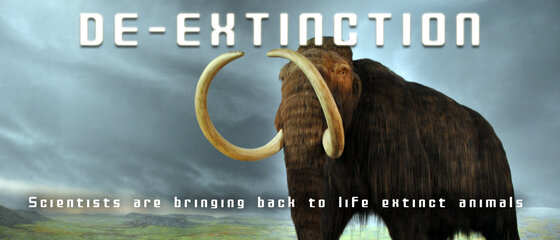 deextinction-final.jpg325.2 KB · Views: 111
deextinction-final.jpg325.2 KB · Views: 111 -
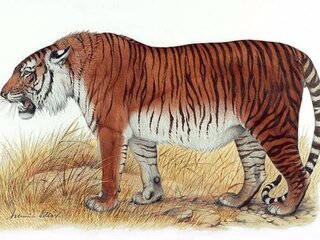 Extinct1.jpg62.5 KB · Views: 107
Extinct1.jpg62.5 KB · Views: 107 -
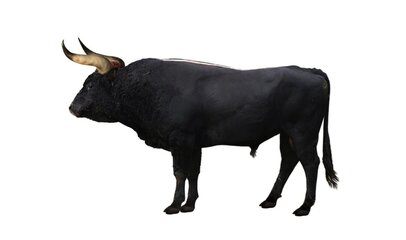 Extinct2.jpg28.1 KB · Views: 105
Extinct2.jpg28.1 KB · Views: 105 -
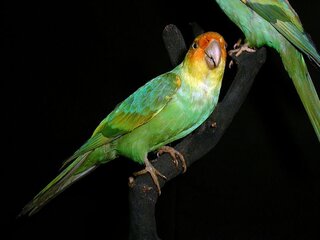 Extinct3.jpg50.8 KB · Views: 105
Extinct3.jpg50.8 KB · Views: 105 -
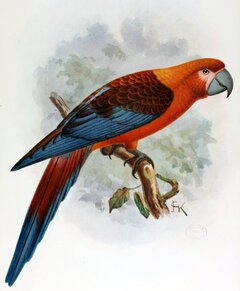 Extinct4.jpg199.5 KB · Views: 109
Extinct4.jpg199.5 KB · Views: 109 -
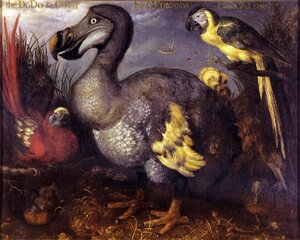 Extinct5.jpg291.5 KB · Views: 113
Extinct5.jpg291.5 KB · Views: 113 -
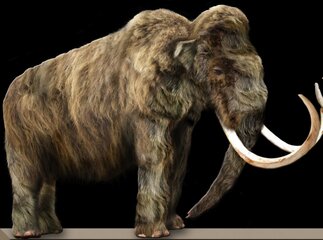 Extinct6.jpg141.7 KB · Views: 109
Extinct6.jpg141.7 KB · Views: 109 -
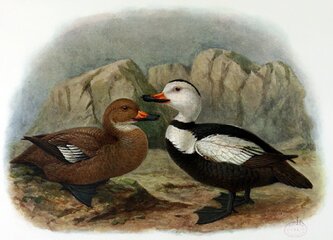 Extinct7.jpg187.7 KB · Views: 109
Extinct7.jpg187.7 KB · Views: 109 -
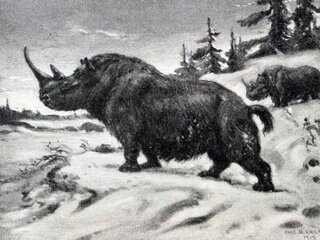 Extinct8.jpg127.3 KB · Views: 107
Extinct8.jpg127.3 KB · Views: 107 -
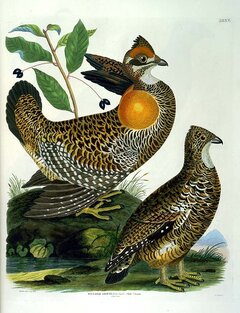 the-heath-hen-lived-in-coastal-north-america-up-until-1932-they-made-for-delicious-dinners-and-w.jpg120.2 KB · Views: 104
the-heath-hen-lived-in-coastal-north-america-up-until-1932-they-made-for-delicious-dinners-and-w.jpg120.2 KB · Views: 104

